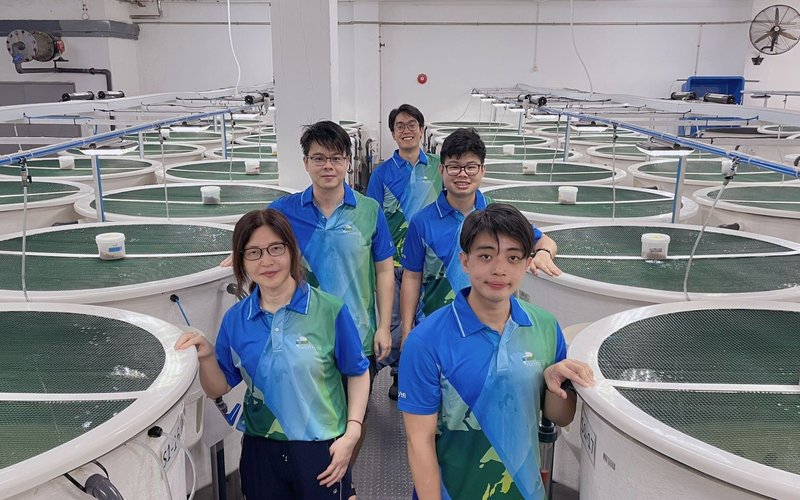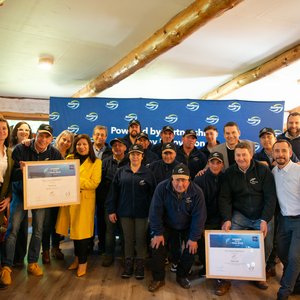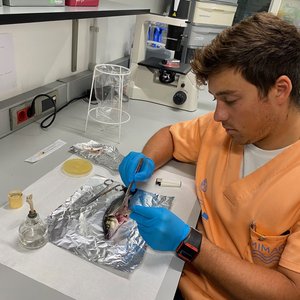Researchers from the Tropical Futures Institute (TFI) of James Cook University (JCU) in Singapore and Republic Polytechnic (RP) are developing a sustainable new feed to increase the production of red snapper species.
Red snapper is an important marine food fish species cultured in Singapore due to its high market value and consumer acceptance. However, there are no specific commercial feeds available that are tailored to meet its nutritional requirements. Furthermore, such requirements have not been adequately studied. In light of this, a group of researchers, in 2021, backed by funding support from the Singapore Food Story R&D Grant, set out to develop a sustainable and highly productive feed for the species.
The research team, comprising the Tropical Futures Institute (TFI) of James Cook University (JCU) in Singapore, and Republic Polytechnic (RP), and led initially by Associate Professor Katheline Hua and later by principal investigator associate Professor Xueyan Shen, has identified the nutrient requirements of red snapper as well as a sustainable diet based on locally available ingredients that increase the growth rate and productivity of farming this seafood species.
The research project, titled Optimizing Feeds for Singaporean Red Snapper Aquaculture, was carried out in collaboration with the Singapore Food Agency (SFA) and Metropolitan Fishery Group (MFG).
“Current production of red snapper locally relies mainly on generic marine fish feeds, which can only provide a basic level of nutrition needed by red snapper for growth. Moreover, these commercial feeds typically contain high levels of fishmeal and fish oil, leading to increased feed costs,” explained Shen.
“Through a comprehensive assessment of the nutrient utilization and requirements of the carnivorous red snapper, we determined that the fish has a low ability to utilize carbohydrates in its diet as the primary energy source for growth. Whereas the energy utilization of protein and lipid for growth was found to be approximately 70%. These findings, advocate for a protein-rich diet to optimize the red snapper’s growth performance,” said Shawn Ngoh, JCU in Singapore PhD (Aquaculture) candidate under an SFA scholarship.
Successful formulation of cost-effective feeds for juvenile snapper using plant-derived ingredients in some cases led to at least 50% faster growth than those fed with commercial diets. Overall, using the new efficient diets the team expects at least 20% cost savings for farmers for every 1kg of fish produced.
“By developing tailored feed formulations based on robust scientific understanding, the team aims to drive positive change and industry growth in the farming of red snapper in Singapore, benefiting both local farmers and consumers,” said Professor Dean Jerry, director TFI, JCU in Singapore.
Looking ahead, the best-performing feed formulations have been utilized for optimal feed development for grow-out fish. These will undergo on-farm trials coordinated by Republic Polytechnic and subsequently be licensed for commercial production. Leveraging partnerships with overseas feed mills, these formulations will be made available to local farms at competitive prices.
“As Singapore strives towards food security, initiatives like this pave the way for a productive and sustainable aquaculture industry, contributing to the nation's ‘30 by 30’ vision,” said Jiang Junhui, director Aquaculture Department, Urban Food Solutions at SFA.













